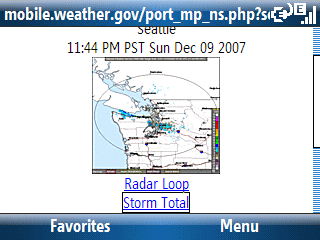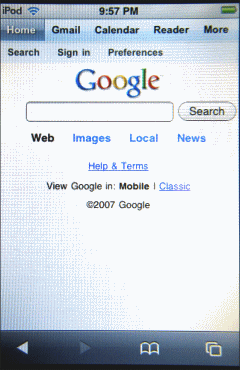
I recall reading somewhere that many (most?) people consider photos taken with cameraphones to be throw away items. I don’t happen to one of those people. I stepped out to head to work this morning and wanted to take a photo of the sky. I didn’t have a real camera. But, I did have an HTC Advantage with a 3 megapixel resolution. So, I snapped a couple of photos. The one above was resized to 320×240 but otherwise not modified. Glad I had the Advantage with me to capture the sky this morning.
The photo below was taken 10 years ago with my first digital camera: A Kodak DC20. This image is also not modified. In fact, it is not even resized. The photo below is the full resolution of that 10 year old camera: 493×373. Weird resolution, eh? One thing that struck me though is that comparing the sub-megapixel photos I took 10 years ago with the DC20 has better depth of field than any of my current cameraphones. And, the images from the DC20 seem, in general, to be sharper and have greater contrast than any of my cameraphones.
So, we still have a way to go before most of the current generation cameraphones catch up to 1997 digital cameras. But, cameraphone photos are still better than none at all.


